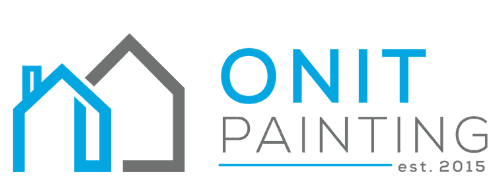The resident experience affects your bottom line if you’re a multi-family property owner. Of course, no matter the experience, it’s inevitable that you’re going to have turnover. Life conditions dictate that people move, but sometimes it is purely by choice and there are steps as an owner that you can take to reduce that turn. These are steps that would affect not only rental revenue but also your various cost centers like sales, marketing, or maintenance.
What is the scope of the problem? The National Apartment Association cites single turn cost stats from Lori Hammond of Property Management Minutes that start at $1,000, but can quickly increase to as much as $2,500, or even $5,000 in rent loss and capital replacements. Drilling down a bit, one resident per month at the low end could mean a revenue difference of $20,000 a year and at the high end, as much as $60,000 a year. A turn converted to a renewal also frees up the considerable hours and resources committed to maintenance related to move-outs and the sales/marketing expense for each move-in.
As a multi-unit property owner, you understand that you are selling an experience. And that there are myriad touchpoints for a resident to interact with your property. These range from the location to the built environment to the daily resident interactions with the property, neighbors and staff. The experience is the life lived in your community. How can you enhance that life? Here are five ways to enhance the resident experience at your properties.
- Engage Move-in Day Begins the Renewal Process. You’ve sold them on your property. They believe in your brand. A great move-in experience is the first step in the renewal process that might seem like a concern with a longer time horizon. Reward that trust they have placed in you by treating them right from day one. A new rental orientation or walk-through gets a renter off on the right foot and allows staff to correct anything that isn’t right and establish a line of communication early.
- Build Community. You’ve built a community, now build community. Is your community the one that others like to visit? Or perhaps there is a tinge of envy when they see your resident-events posted on social media? Hosting regular events or offering benefits-only benefits can bring your residents together and enhance the perceived value of living at your property without necessarily requiring extensive material changes in your infrastructure or staffing.
- Communicate Often. Communicate on Their Terms: Residents have different ways they like to interact with service and sales professionals. A virtual tour is not just a cool technology. For some residents, it could save them hours of driving and make their rental contract decision easier. Residents might prefer text messages to emails. Or phone calls to in-person visits. Speak to them on their terms and, when appropriate, close the loop with a thank you message to maintain the human touch.
- Develop a Service Mindset.
Execute on the fundamentals when it comes to general maintenance. Things happen – whether it is a leaky pipe or a flickering can-light. A resident who is confident that prompt action follows a service request is a resident who will post positive reviews, refer friends and become an ally in your quest to fix things before they become larger problems. - Stay Current to Be Attractive.
Your properties can become dated quickly. If you’re in a high-density area, next year’s builds may have features that last year’s builds did not. Make sure you modify as you go to stay current – not only on paint color choices and other cosmetic factors like public spaces, but also on technology like high-speed wifi and smart home technology that consumers, many of whom might work from home, appreciate.
That’s a wrap on 5 Ways to enhance the resident experience at your properties. As a multi-unit property owner, you’ve got a lot on your plate making sure your property is occupied and financially healthy. With even a modest plan of attack for resident retention that includes being service-oriented, highly communicative, and focused on building community, you can reduce resources committed to move-outs and improve your bottom-line.





